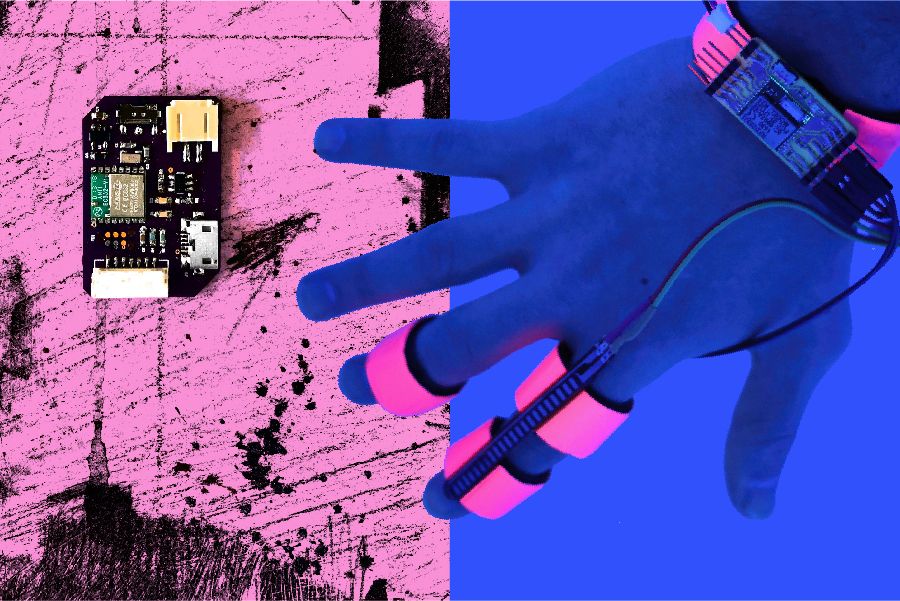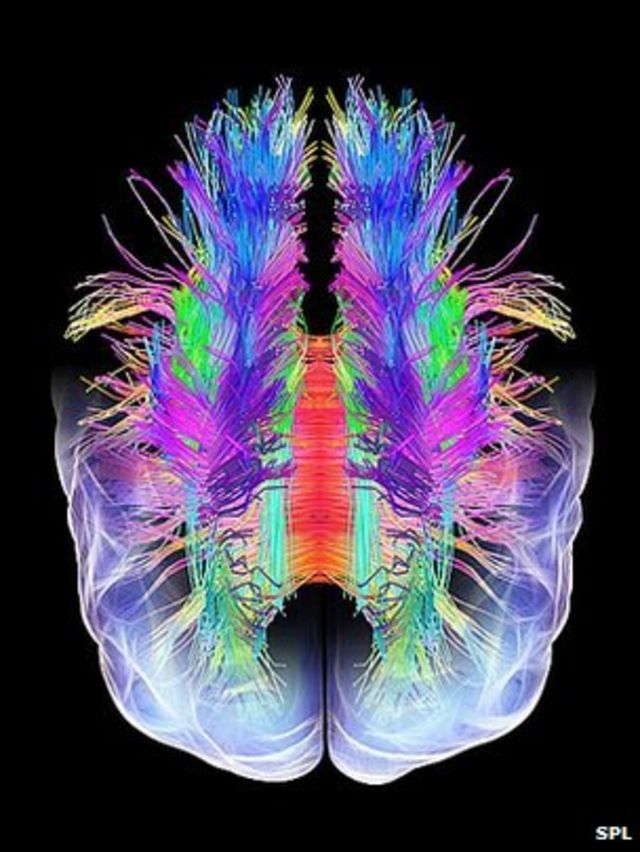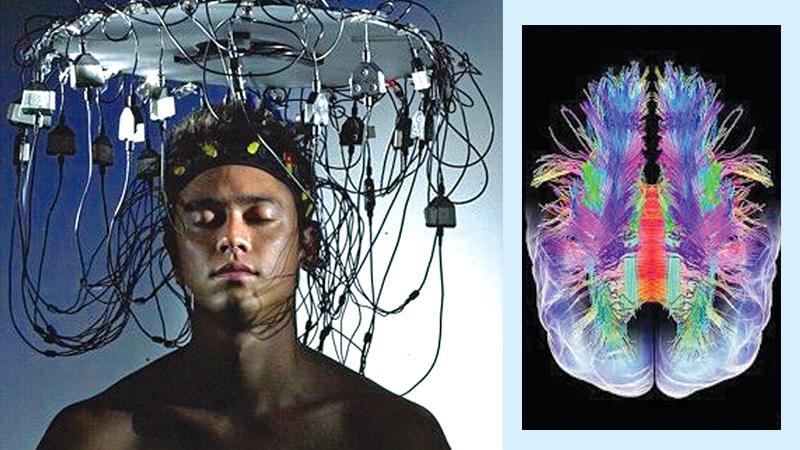Researchers have found a means to interpret people’s dreams.
I’m not sure I’ll be racing to see what’s been popping up when I close my eyes and go to sleep anytime soon, given the nightmares I was having last night after finishing my binge-watch of the Netflix series The Haunting of Hill House and regular sleep paralysis.
However, this one might be for you if you’re dreaming of unicorns and fairies.
READ MORE: YouTube Will Launch A New AI-Powered Dream Screen Next Year
Researchers from ATR Computational Neuroscience Laboratories in Kyoto, Japan using an electroencephalogram (EEG) equipment and a customized magnetic resonance imaging (MRI) scanner to examine people’s dreams in greater detail.

Smithsonian Magazine reports that the study included three individuals who were put in an MRI scanner for multiple 3-hour blocks over a period of ten days to track their brain activity while they slept.
In order to detect minute electrical signals occurring in the brain, participants had an EEG machine attached to their scalp via electrodes. Additionally, the MRI machine was programmed to produce functional MRI readings (fMRI), which detect variations in blood flow by taking pictures of the subjects at various phases of sleep.
The scientists concentrated on the few minutes after falling asleep, when people are in stage one of non-REM sleep, when ‘quick, intermittent hallucinations’ can happen (Smithsonian).
After going into stage one of non-REM sleep, the participants were awakened up and asked to describe what they had seen in their dreams. This process was done approximately 200 times.
Researchers measured which objects—such as people or buildings—participants saw most frequently in their dreams, and then, while they were still in the MRI machine, they showed them pictures of those objects from the internet while they were awake.
The researchers then compared the participant’s brain scans from the MRI machine when they were awake and seeing the images to the scans taken while they were asleep and dreaming of the objects in order to look for patterns.
After that, an artificial intelligence (AI) algorithm was used to analyze this data.

Scientists were able to create basic visual representations of participants’ dreams through the learning algorithm’s output, which they then combined into a video.
Additionally, when the individuals were queried about the details of their dreams, the scientists found that the AI’s video forecasts and their memories agreed quite well.
According to the study, the algorithm was 60% accurate at predicting what a participant had seen in their dream. However, it performed better at distinguishing between a person and a scene than it did at identifying particular details, like whether the participant was dreaming about a person in a building or on a street.
Would you want to be able to go back and relive your dreams?
Download The Radiant App To Start Watching!
Web: Watch Now
LGTV™: Download
ROKU™: Download
XBox™: Download
Samsung TV™: Download
Amazon Fire TV™: Download
Android TV™: Download

